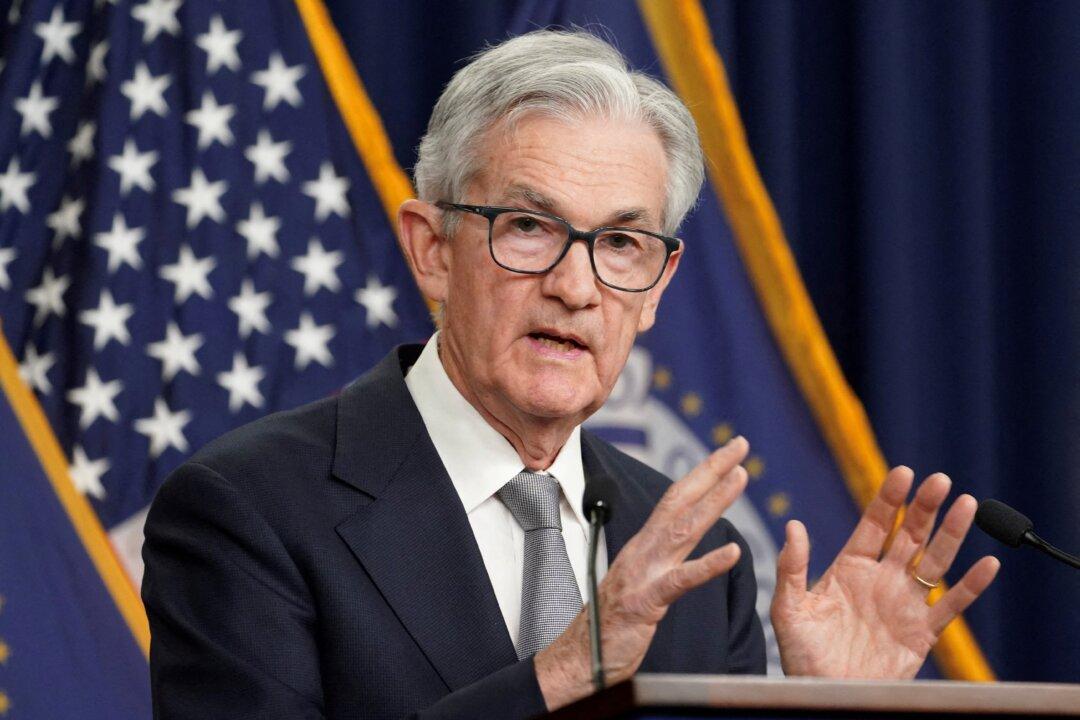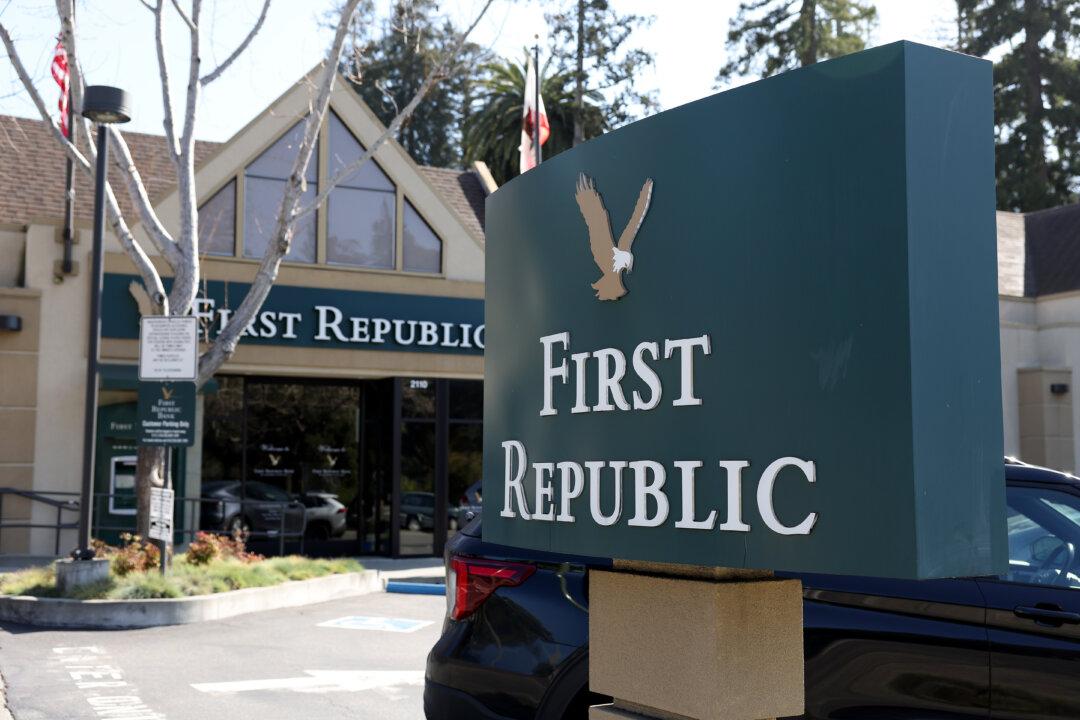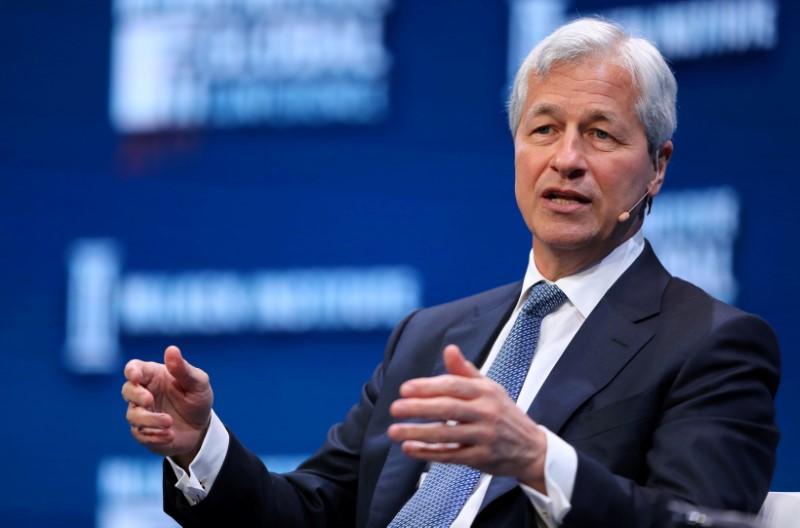Commentary
It’s rare that Wall Street gets excited about bonds, but after last week’s wink and nod from Federal Reserve Chairman Jerome Powell that the “pause” on rates might also mean the Fed is done for this cycle, all classes of bonds ripped higher in reaction. Calls from trading desks around the world to “lock in rates” were resonating all of last week.





